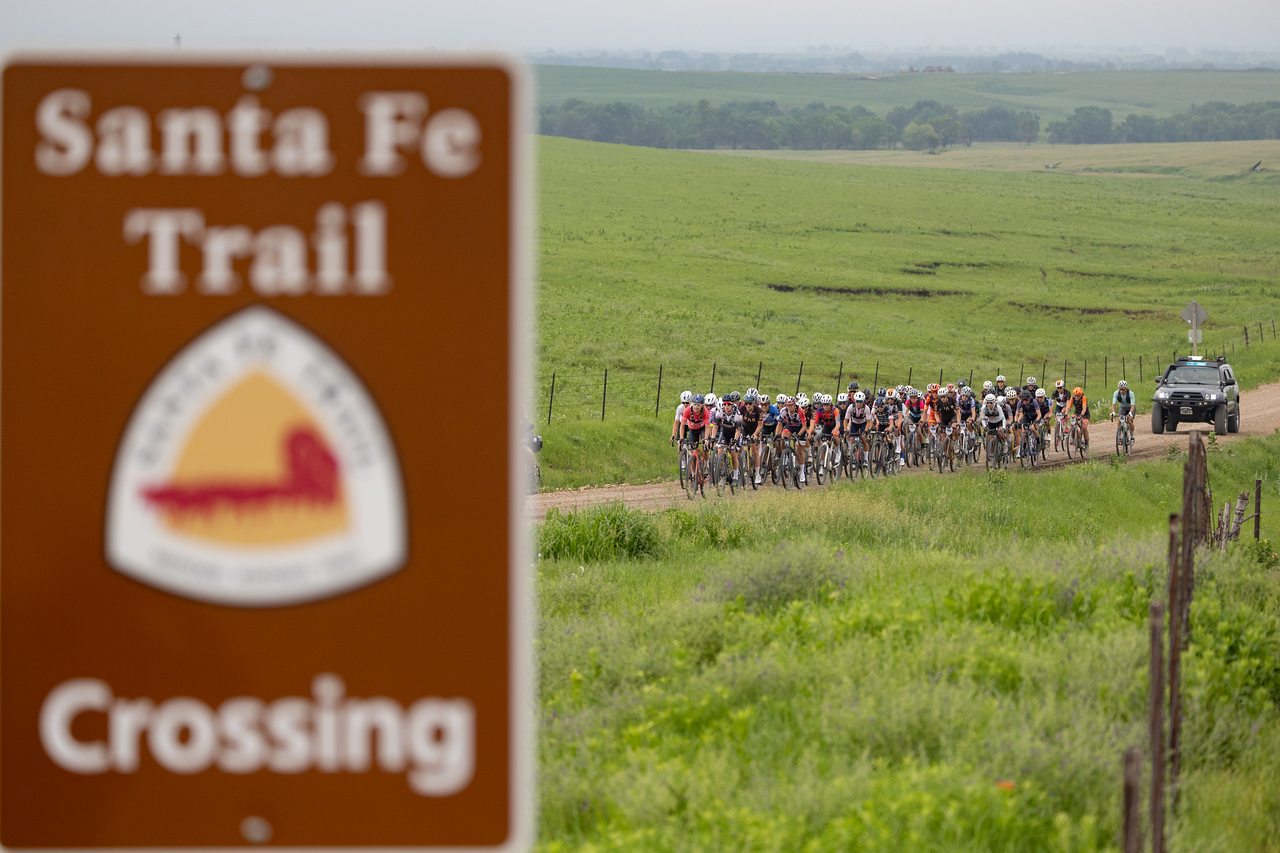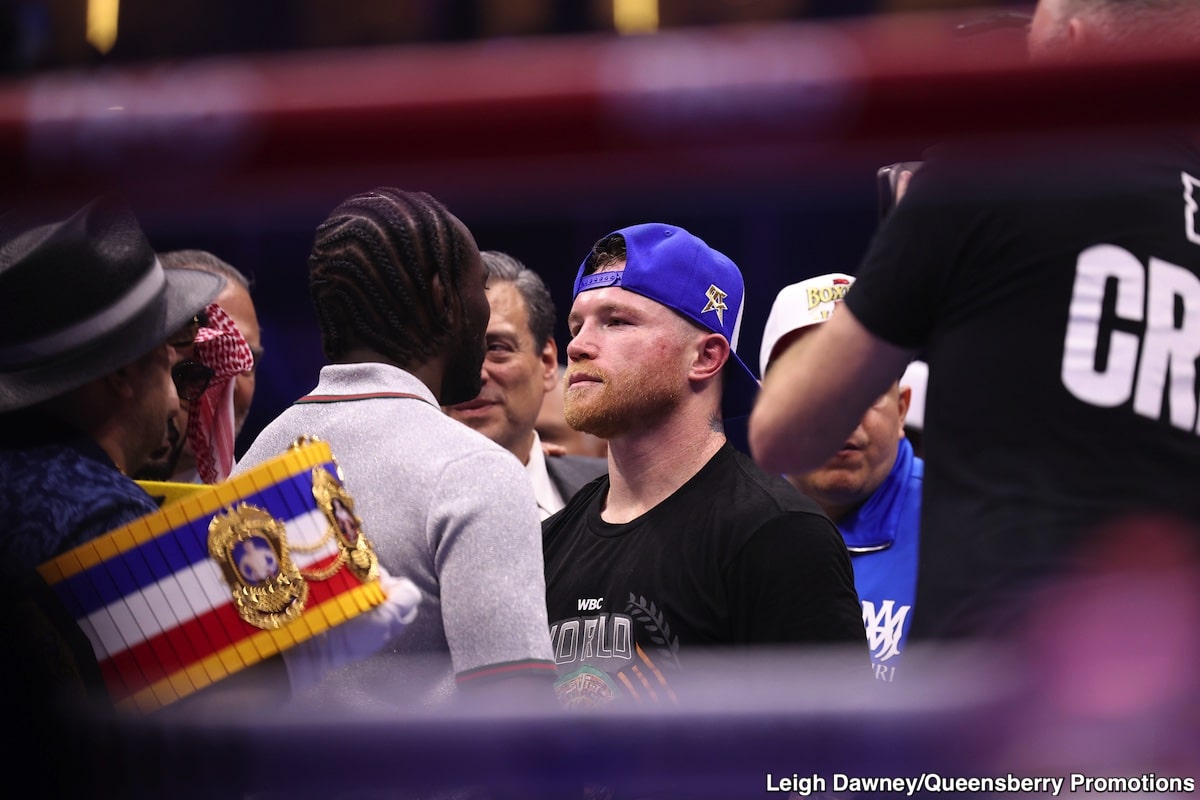;)
Padraig Harrington in the first round of the PGA Championship.
getty images
CHARLOTTE, N.C. — Padraig Harrington and his caddie (Ronan Flood) and swing coach (Pete Cowan) were on the practice tee, here on a muggy, still Thursday afternoon, here at Quail Hollow, site of this week’s PGA Championship. Two Dubliners and an Englishman, the scholarly Prof. Cowan. In his long career, Harrington has played in 86 majors, three of which he has won.
On the range, every lie was perfect. Every ball was perfect. Some of his swings were better than others. But that’s golf, on the range (where you’re not counting anything except your Trackman stats) and on the course, where everything counts. That’s golf. Harrington at 53, is still one of the top 1,000 golfers in the world. Has to be.
Down-range from Harrington were two of the top 10 golfers in the world, Xander Schauffele and Scottie Scheffler. Harrington wasn’t looking at them but was aware of them. Tournament golfers are like that. They always know where other guys are, what they shot, what they’re talking about. Not always always, but usually.
When Harrington was the European Ryder Cup captain in 2021, at Whistling Straits, Schauf-and-Scheff were stars for the winning American team. Since then, each has won two majors and slew of other titles. Charmed lives. But both were hot on Thursday afternoon, and it wasn’t the Piedmont heat. Harrington was hot, but that’s because he had been beating balls for an hour, two a minute, pretty much.
Xander and Scottie had played together, off in the 8:22 a.m threesome. Xander opened with a 69, two under. Schauffele shot 71. Decent enough scores. But golf being golf, and golfers being golfers, they both felt their scores should have been lower and would have been lower, if only the day’s golf had been played under lift, clean and place rules. Or, in the shorthand of professional golf, up, not down, not play-it-as-it-lies. The verdant course, built on rich, heavy dirt, had absorbed five inches of rain during the practice rounds.
Both signed and moaned. Their subject was mud balls. It was glorious.
Moaned is maybe a bit harsh, because this thoughtful, nuanced, detailed response to the up-or-down question from Scheffler is so startlingly articulate, and unlikely, from such a mild-mannered golfer:
“This is going to be the last answer I give on playing it up or down. I don’t make the rules. I think when you’re looking at the purest form of golf, on a links golf course, there’s absolutely no reason you should play the ball up. It doesn’t matter how much rain they get. The course could be flooded under water and the ball is still going bounce somehow because of the turf and the ground underneath the turf. In American golf, it’s significantly different.
“When you have overseeded fairways that aren’t sand-capped, there’s going to be a lot of mud on the ball, and that’s just part of it. When you think about the purest tests of golf, I don’t think you should get punished for hitting the ball in the middle of the fairway.
“I understand how a golf purist would be, ‘Oh, play it as it lies.’ But I don’t think they understand what it’s like to literally work your entire life to learn how to hit a golf ball and control it and hit shots and control distance and all of a sudden, due to a rules decision, [all] that is completely taken away from us by chance.
“In golf, there’s enough luck throughout a 72-hole tournament that I don’t think the story should be whether or not the ball is played up or down. When I look at golf tournaments, I want the purest, fairest test of golf, and in my opinion maybe the ball today should have been played up. But like I said, I don’t make the rules. I deal with what the rules decisions are.”
In the weight of those words, no matter what you think of them, you can hear one thing above the din: This is a major championship, and there are only four a year and maybe 80 in your career.
‘Kind of stupid:’ 2 stars question PGA Championship playing conditions
By:
Josh Schrock
On the long par-4 16th, Scheffler’s seventh hole of the day, he drove it 322 yards and right down Broadway. He had 210-yard second shot and a glob of mud on his ball. He yanked his second into the water left of the green and, after an eagle 3 on 15, made a double bogey on 16. He got his head back on and played the next four holes in one under.
The other American in the group, Schauffele, did almost the exact same thing on 16. He made 6, too.
“I had a ridiculous mud ball there on 16 with Scottie,” Schauffele said after his round. “We were in the middle of the fairway, and I don’t know, we had to aim right of the [right] grandstands probably. I’m not sure. I aimed right of the bunker, and it whipped in the water and Scottie whipped it in the water as well. It’s just unfortunate to be hitting good shots and to pay them off that way. It’s kind of stupid. I’m sure a lot of guys aren’t super happy with sort of the conditions there.”
When Harrington and Co. were done with their work, they were asked about mud balls and the rest. They had a field day with it.
“I never even heard the term ‘mud ball,’ growing up,” Harrington said. “Did you guys?”
“Never,” said the Dubliner.
“Never,” said the Englishman.
“When I got on the European Tour, I heard it now and again, but not until I came here did I hear it more. I actually thought we were going to have to play lift, clean and place today, but in hindsight, we definitely didn’t need it. There were maybe a very few areas that they could have marked for relief — maybe. Two or three. Five. The golf course in general recovered beautifully.
“Generally, when I’ve got mud on the ball, I am playing the most conservative shot I can play. If the mud is on the ball at 3 o’clock, I play the ball to go left. If you actually are going to catch mud on the face on your shot, it’s going to take spin off it.
“If you’ve got a long second shot and there’s mud on your ball, I’ll sometimes just hood the club, hit something along the ground to the front of the green and that will clean the mud off the ball and the ball’s clean for the next shot.
By:
Joe Plecker, with Zephyr Melton
“It’s a different kind of skill, playing mud balls, but it’s part of the skill of the game.
“It’s like playing in bad weather. Fifty percent of the guys are going to give up in bad weather. Of the remaining half, half don’t know how to play in bad weather. So now you only have to beat one-quarter of the original field.
“It’s startling, that we played that course as we played it, given what we had here for the three practice rounds.”
Harrington, by the way, shot 73. He was in the first threesome of the day off the first tee, at 7 a.m., with Luke Donald and Martin Kaymer.
The U.S. and British Opens have never been played under lift, clean and place conditions. The allowance has been made once at the PGA Championship, at Baltusrol in 2016.
The third member of the 8:22 a.m. group off the 10th tee was the Masters champion Rory McIlroy. Amazingly, he, too, made a double-bogey 6 on 16. McIlroy shot 74. He grew up outside Belfast, in Northern Ireland, so he knows intimately the culture of golf that Padraig Harrington and Ronan Flood and Pete Cowan grew up in. It is unlikely he had mud on his ball on 16, en route to his double. He made his 6 the old-fashioned way, driving it in the trees and rough on the left side of the hole, and duffing it in from there.
Michael Bamberger welcomes your comments at Michael.Bamberger@Golf.com
;)
Michael Bamberger
Golf.com Contributor
Michael Bamberger writes for GOLF Magazine and GOLF.com. Before that, he spent nearly 23 years as senior writer for Sports Illustrated. After college, he worked as a newspaper reporter, first for the (Martha’s) Vineyard Gazette, later for The Philadelphia Inquirer. He has written a variety of books about golf and other subjects, the most recent of which is The Second Life of Tiger Woods. His magazine work has been featured in multiple editions of The Best American Sports Writing. He holds a U.S. patent on The E-Club, a utility golf club. In 2016, he was given the Donald Ross Award by the American Society of Golf Course Architects, the organization’s highest honor.


;)
;)










